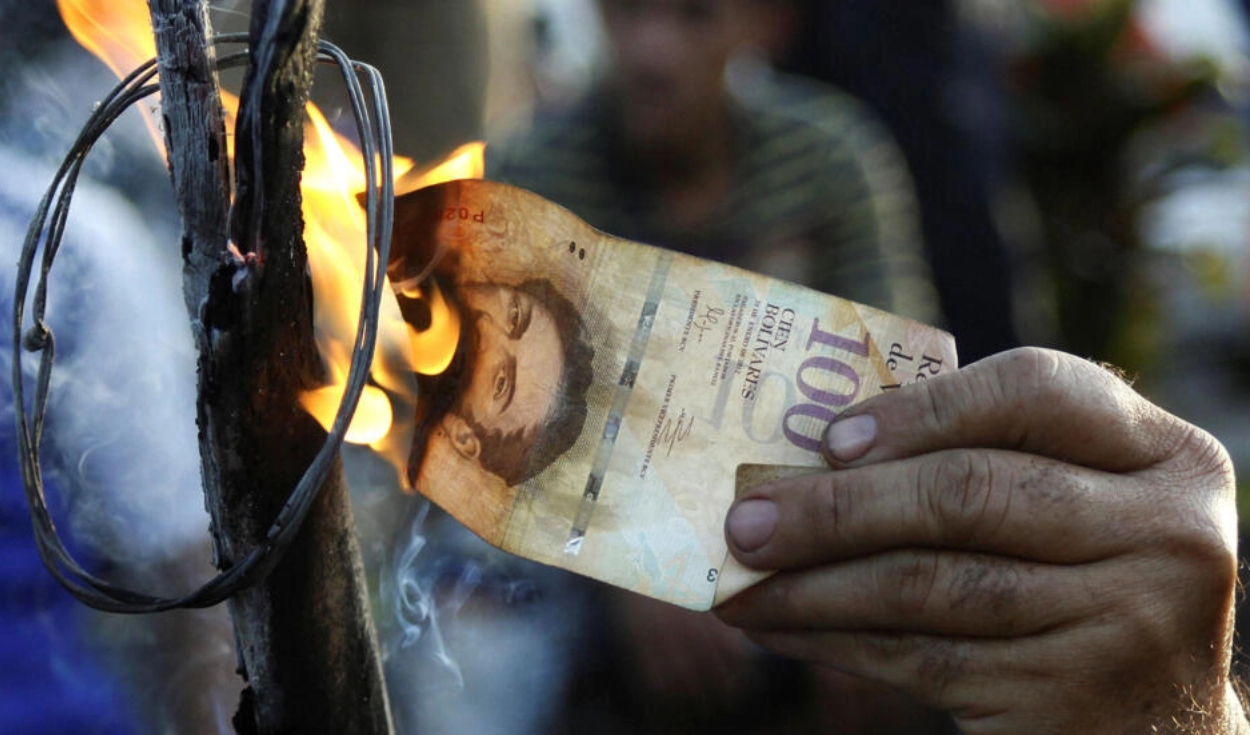
Inflation is the sustained and general increase in the prices of goods and services in an economy over a period of time. This means that, over time, the purchasing power of money decreases, as more money is needed to buy the same products and services. This freak It can be caused by various factors, such as an increase in demand, an increase in production costs, or an expansion in the money supply.
The hyperinflation It is an extreme form of inflation, in which prices rise exorbitantly in a short period of time. In these situations, the country’s currency loses its value drastically and quickly, which can lead people to seek other forms of value to protect their wealth, such as gold or more stable foreign currencies. Although what happened in Argentina and Venezuela surprised everyone, both cases are far from the worst of all time.
The worst case of inflation in history
In July 1946, the inflation in Hungary reached a catastrophic level: 41,900,000,000,000,000%. It is the most severe case of hyperinflation recorded in history. Prices doubled every 15 hours. The value of the money that Hungarians carried in their wallets each morning was halved at night, regardless of how much it was.
The highest denomination bill was 100 trillion pengős. World War II had eliminated 40% of the wealth of Hungary. 80% of its capital, Budapest, was in ruins: the railways and roads had been bombed and the Government had to pay millionaire compensation after the conflict.
The country made several attempts to revive its currency, which led citizens to stop referring to banknotes by their value and begin to differentiate them by their color.
On August 1, 1946, the Government implemented a radical stabilization program that included drastic fiscal reform, the recovery of gold reserves that had been moved abroad, and the introduction of a new currency, the Hungarian forint, backed by its gold and foreign currency reserves. The florin was launched with a value of 400,000 quadrillion pengős each.
The second worst inflation in history was in Africa
Zimbabweafter implementing a controversial land reform in the late 1990s that included the expropriation of land belonging to white landowners, experienced a serious decline in its agricultural sector.
The situation worsened due to a costly intervention in the Congo War in 1998, and the sanctions imposed by the United States and the European Union on the government of then-president Robert Mugabe in 2002.
In the following years, prices began to skyrocket. By November 2008, the inflation had reached a monthly rate of 79,000,000,000%. Stores raised prices several times a day. This economic crisis resulted in frequent water and electricity outages for the population, long lines at banks and gas stations, and severe food shortages in supermarkets.
Many crossed the border into South Africa or Botswana to buy essential goods, and the US dollar and South African rand became de facto currencies. In 2009, the Reserve Bank of Zimbabwe It stopped using the national currency and adopted the American and South African currencies.
Source: Larepublica
Alia is a professional author and journalist, working at 247 news agency. She writes on various topics from economy news to general interest pieces, providing readers with relevant and informative content. With years of experience, she brings a unique perspective and in-depth analysis to her work.











